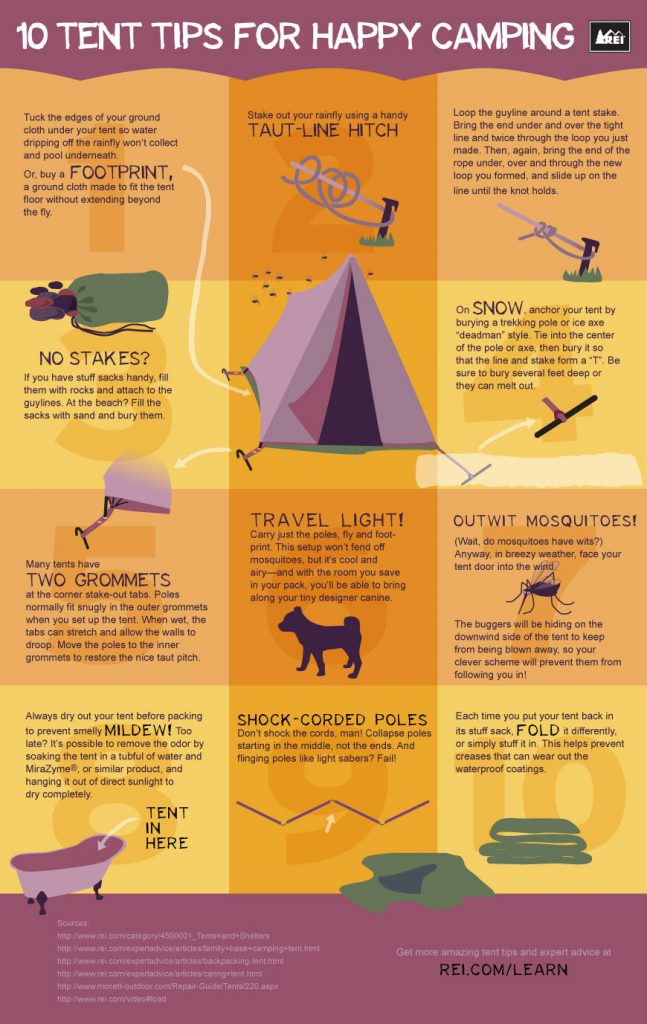Create Your Success Story Through Online Camping Tents Product Sales
Create Your Success Story Through Online Camping Tents Product Sales
Blog Article
Does Your Backpacking Outdoor Tents Need an Impact?
If you camp consistently in locations with rocks or sharp downed branches or just hate storing a wet, muddy tent, after that a footprint is definitely worth considering. Footprints are additionally reasonably low-cost compared to a brand-new tent.
How much wind can a tent take?
Many outdoor tents makers provide their own details footprints, which are cut to the specific dimension of the tent flooring. Nevertheless, you can make one on your own with a light-weight fabric like polycryo or tyvek.
Weather Conditions
Whether you require a footprint truly depends upon the conditions you'll be camping in. If you're backpacking in a place where the ground is usually damp (it's virtually unpreventable), an outdoor tents impact can be a helpful enhancement to your package, as it will certainly avoid your camping tent floor from becoming soaked.
However, if the impact is also huge it can serve as a moisture catch and potentially allow water to pool under your tent. This can be stayed clear of by making certain the impact is cut a little smaller than your outdoor tents on all sides.
Usually talking, it's ideal to obtain an impact from the same maker as your tent to make certain a specific fit. They additionally have a tendency to be made from thicker, much more durable materials than do it yourself choices. They can be expensive for something whose single function is to protect the ground below your tent, yet it can be a beneficial investment if you appreciate the longevity of your equipment.
Terrain
Many high quality tents can function well without a footprint, specifically those that have bath tub floors constructed from resilient materials. Nevertheless, the surface you hike on can have a substantial effect on just how swiftly your tent flooring wears. Granite pieces, sandstone and other sturdy surfaces put on through all-time low of your tent much faster than grassy fields or woodland floors.
An impact or ground cloth helps expand the life of your tent by working as a barrier in between the ground and the sewn-in groundsheet of your tent, says REI elderly sales professional Elizabeth Nguyen. It also protects the camping tent from abrasive components like sharp twigs and rugged rocks that might pierce or tear the sewn-in flooring. When selecting an impact for your tent, it is necessary to ensure it's somewhat smaller sized than the tent on all sides. This prevents water from pooling in between the tent and impact during a rainstorm, which might permeate right into your outdoor tents. The most effective alternative for a footprint is to buy one made for your particular camping tent, which will ensure a tight fit.
Tents with Lower Deniers and Water Resistant Rankings
Whether you're a casual backpacker or a hardcore traveler, the resilience degree of your outdoor tents is an essential factor to consider. Tents developed to be ultralight, home tents approaching minimal, typically compromise some level of resilience in the textile and materials made use of.
One textile spec you'll experience is denier, which describes the weight in grams of a 9,000-meter size of yarn that makes up the camping tent's cover, rainfly, and/or flooring. A greater denier spec represents a lot more sturdy textiles, while reduced numbers indicate lighter and less long lasting textiles.
Other specifications to check out consist of flooring measurements, vestibule size, and interior pockets. The previous mirrors the total square-footage that can be used for habitable room, while the latter can contribute in storage space by giving an area to stash gear overnight and in bad weather condition. Air flow is likewise a critical variable; as you breathe out dampness throughout rest, it requires to escape, or condensation may develop inside. Functions such as mesh windows and panels and adjustable rainfly doors help boost air flow and avoid this from taking place.
The Cost
The expense of a tent can affect its efficiency, and it is additionally important to think about just how much you can manage to spend. Backpackers seeking a light-weight shelter ought to go for a tent with a livability score of at the very least 2 stars, and if possible, 3 or more.
Livability refers to just how roomy a camping tent feels, with headroom and floor measurements playing a big role. Historically, backpacking tents made use of outstanding sloped wall surfaces and minimal room to conserve weight, however modern products enable designers to offer more convenience while keeping weight low.
Storage space is one more factor to take into consideration, with vestibules and a quick-pitching style helping reduce arrangement time. Furthermore, the type of textile finishing and how the outdoor tents is kept can affect long life. As an example, a PU layer that breaks down faster when wet, or is subject to duplicated cycles of storing and un-stowing, can considerably reduce the life expectancy of a tent. In a similar way, utilizing a custom impact rather than packing a camping tent in a careless way will additionally prolong its lifespan.
Does Home Depot sell camping tents?
